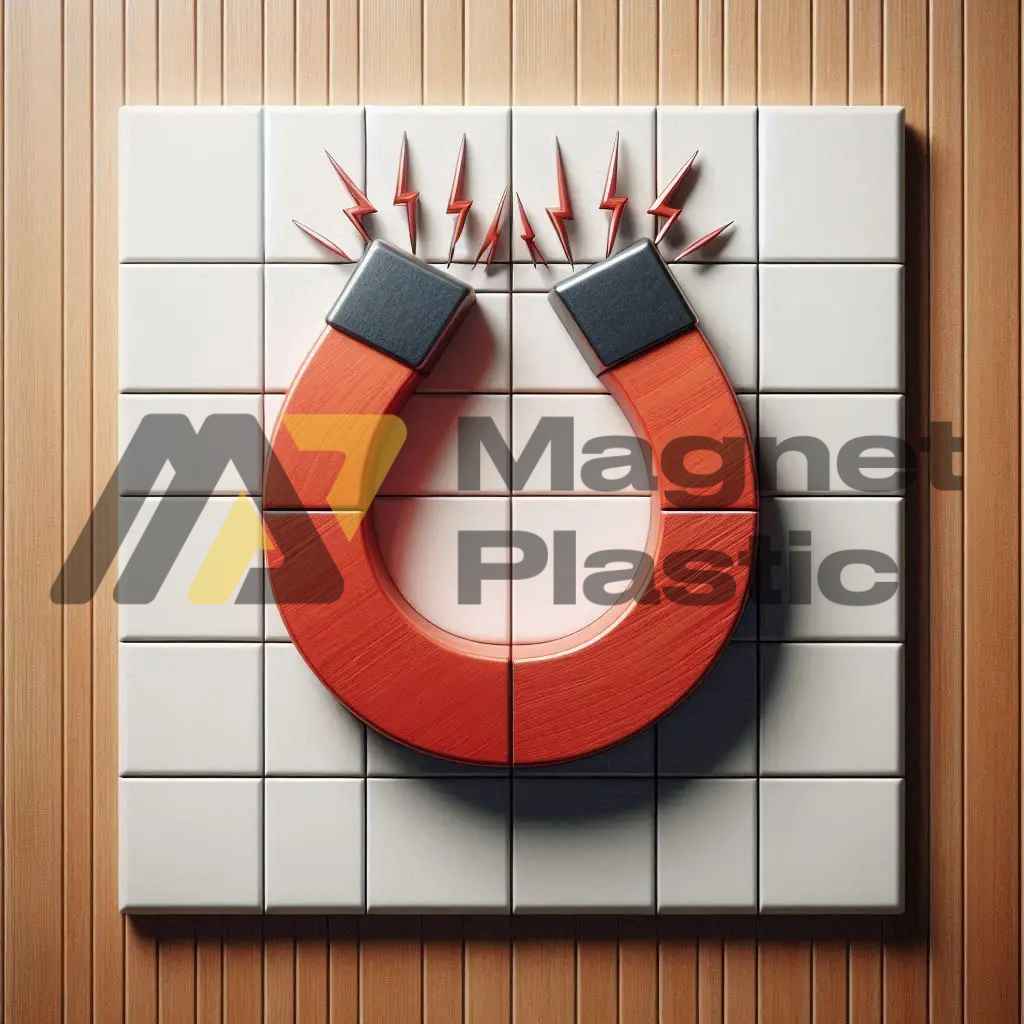Magnetic Ceramics: Wall and Floor Coverings
Magnetic Ceramics: Wall and Floor Coverings
The ceramics sector is undergoing a true revolution thanks to magnetic ceramics, a technological innovation that completely transforms traditional tile installation methods. This system, which eliminates the need for adhesives and mortars, ushers in a new era of modular, sustainable, and efficient construction.
What Are Magnetic Ceramics?
Magnetic ceramics consist of ceramic tiles with a ferromagnetic coating on the back, allowing them to be fixed in place using magnets on a metallic or magnetized surface—without the need for adhesives or bonding mortar. This technology enables installation on both walls and floors, offering a clean, fast, and waste-free process.
The system typically combines two components:
- Porcelain tiles with a magnetic backing.
- Magnetized base surface, such as plasterboard (drywall) panels with an integrated magnetic sheet.
Advantages of Magnetic Ceramics
This system offers significant advantages over traditional installation methods:
- Drastic reduction in installation time: Tiles can be installed instantly, covering large areas in minutes.
- Dry installation: No cement, adhesives, or water required—eliminating debris, dust, and mess.
- No specialized labor required: Any worker can install the tiles without specific training.
- Detachable and reusable system: Tiles can be removed without damage, allowing for reuse in renovations or different spaces.
This method is particularly useful in environments that require frequent aesthetic changes, such as hotels, trade fairs, exhibitions, or retail spaces. It’s also ideal for modular construction and any setting where quick assembly and disassembly are priorities.
Applications and Practical Use
Magnetic tiles are engineered to withstand intensive use conditions. Technical tests show the system can resist vertical loads of up to 102 kg, with excellent stability against drilling and vibration, thanks to the strong magnetic anchoring.
Biological testing has also confirmed that the magnetic coatings pose no risk when exposed to biological or bacterial agents, making them suitable for hygienic environments such as healthcare or food-related spaces.
Technical Considerations
During manufacturing, the magnetic coating is applied to the rear face of the already-fired tile. For optimal performance:
- The tile should have minimal curvature.
- The substrate must be perfectly flat to ensure maximum contact with the magnetic surface.
There are also versions with adhesive magnetic sheets in rolls, ideal for wall applications, further expanding the range of potential uses.
MagnetPlastic: Leading Ceramic Innovation
In a sector traditionally resistant to change, MagnetPlastic has positioned itself as a benchmark in magnetic solutions for construction. Its development of magnets and magnetic systems has revolutionized ceramic installation methods, bringing innovation, efficiency, and sustainability to every project.
Magnetic ceramics are not just an aesthetic solution—they represent a major leap forward toward intelligent, modular construction for the future.
